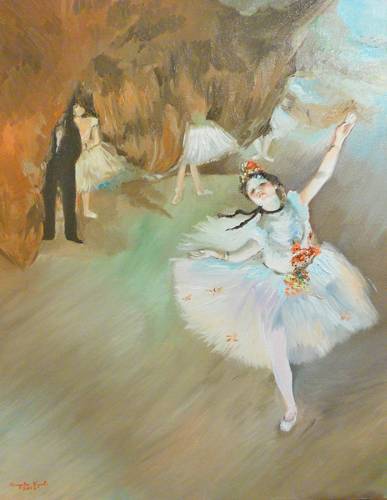
Judith Rivas, a specialist in the field of dance and mathematics, has highlighted how closely the two are connected through various ballet steps and movements. In ballet, dancers use numerical terms to describe the placement of hands and feet, such as first, second, and third position. This connection between dance and mathematics extends to all forms of dance, including contemporary, social, folk, breakdance, and belly dance.
Different styles of dance are associated with specific musical rhythms and time signatures that dictate the number of beats and steps dancers take. For example, in social dances like merengue and polka, the music is written in two-quarter time signature, resulting in two steps per measure. This shows how mathematics plays an essential role in determining the structure of music used in different forms of dance.
Rivas also discussed the geometric aspects of dance choreography. In Mexican folk dances, steps are often named using numerical terms like “eight vices” or “seven sins.” Geometry plays a significant role in standard ballroom dances as well. Couples move in circular motions around the dance floor using symmetry and isometries in their choreography. Choreographers like Rudolf Laban and Merce Cunningham have explored this relationship between dance and geometry further by developing notation systems based on geometric figures or using chance choreography to create unique sequences.
By understanding this relationship between dance and mathematics, dancers can enhance their performances by creating innovative choreographies that integrate mathematical principles. Dance can also be used as a tool for teaching mathematical concepts more effectively by demonstrating them through movement rather than just verbal explanations.
In conclusion, the connection between dance and mathematics is evident throughout various forms of dance from classical ballet to contemporary dancing styles like hip hop or breakdancing. By utilizing mathematical principles such as rhythmic patterns, geometry shapes or symmetry in choreography; dancers can create unique performances that showcase both artistic expression while integrating mathematical concepts into their work.






